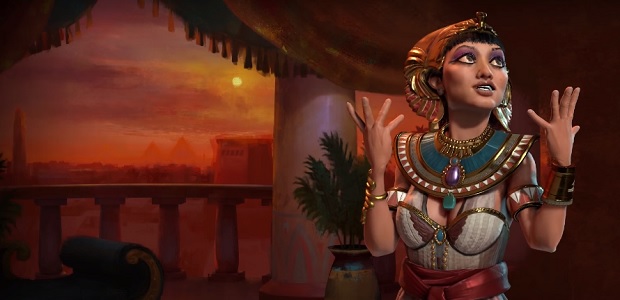
Jul 19, 2016
Sid Meier’s Civilization® VI - Hinkle2K

Qin Shi Huang was a ruthless leader, responsible for conquering and uniting the various warring states of China. He went on to become the nation’s first emperor in 221 BC.
During his reign, Qin Shi Huang’s military generals greatly expanded the size of China’s territory. Qin Shi Huang was known for enacting major economic and political reforms that helped bring standardization to the many varied Chinese states, as well as unifying each state’s walls into one singular Great Wall of China. Finally, Qin Shi Huang is known for building the world-famous Terracotta Army – a literal army of life-sized clay soldiers.

Unique Unit: Crouching Tiger Cannon
Gunpowder, discovered in China around 9th Century AD, was initially only used for fireworks and celebratory activities; however, its application eventually spread to warfare. And so the “Crouching Tiger” was born, a rough prototype of a cannon that was essentially an iron tube, wrapped in thick rope and sealed at one end. The Crouching Tiger was reported to be in use throughout China in 1368 and even as late as 1592.

Unique Improvement: Great Wall
In Civilization V, any player could construct the Great Wall Wonder; in Civilization VI, the Great Wall is a unique improvement exclusive to China. While the idea of a wall is certainly not unique, The Great Wall of China is the most impressive, inspiring awe for over 2000 years.
https://www.youtube.com/watch?v=ENMzcvQVvzA
SUBSCRIBE ➜ http://2kgam.es/CivilizationYT
Join the conversation on social media by using the hashtag #OneMoreTurn, and be sure to follow the Civilization franchise on social media to keep up to date with the latest news and information on Sid Meier’s Civilization VI.
http://twitter.com/civgame
http://facebook.com/civ
http://instagram.com/civgame
http://youtube.com/civilization
http://store.steampowered.com/app/289070















